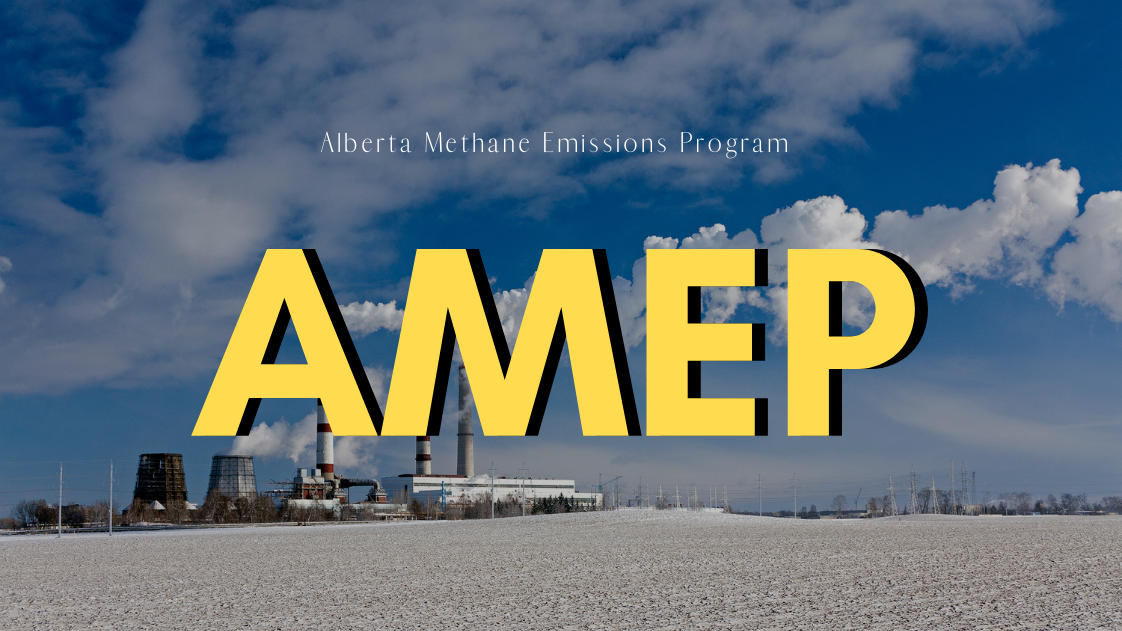The Alberta Methane Emissions Program is a three-year initiative which has a complete budget of $17.6 million that would be financed by the Alberta government via the Technology Innovation and Emissions Reduction (TIER) fund. To help satisfy climate targets of the Canadian Federal Government by the year 2030, the provincial government set in motion the AMEP initiative.
The campaign is meant to highlight government regulation variations, decreased expenses for business, and assure best practices for methane detection and operations while also providing decreases in methane pollutants in Alberta’s energy sector. Capital for the Alberta Methane Emissions Reduction Program (AMEP) is offered by the Technology Innovation and Emissions Reduction (TIER) Fund of Alberta. The AMEP program is managed by the Delivery Agent Partnership (DAP), which had been founded by the Carbon Management Canada (CMC) and the Sundre Petroleum Operators Group (SPOG). AMEP will function as a international showcase for environmental and monetary benefits that is brought about by innovation in the private sector, research and development in academic institutions, and proactive policy and regulation. This effort is going to be supported by Alberta Environment and Parks (AEP) and completed in cooperation with the Alberta Energy Regulator (AER). Alberta Environment and Parks will as well contribute to the AMEP budget.

The AMEP concentrates primarily on the elimination of methane emissions from oil and gas extraction operations in the upstream segment. Fugitive emissions consist of a percent of total emissions, and a comprehensive comprehension of all contributions from this sector is going to be vital to make sure that industry and its regulators provide the most effective management solutions possible. In the course of the AMEP, it’s quite a possibility that additional sources of methane is likely to be found; the information that can be exposed will likely be utilized by the Alberta Environment and Parks to obtain a better understanding of the greater mix of methane contributors, as well as the options available to manage these pollution levels

